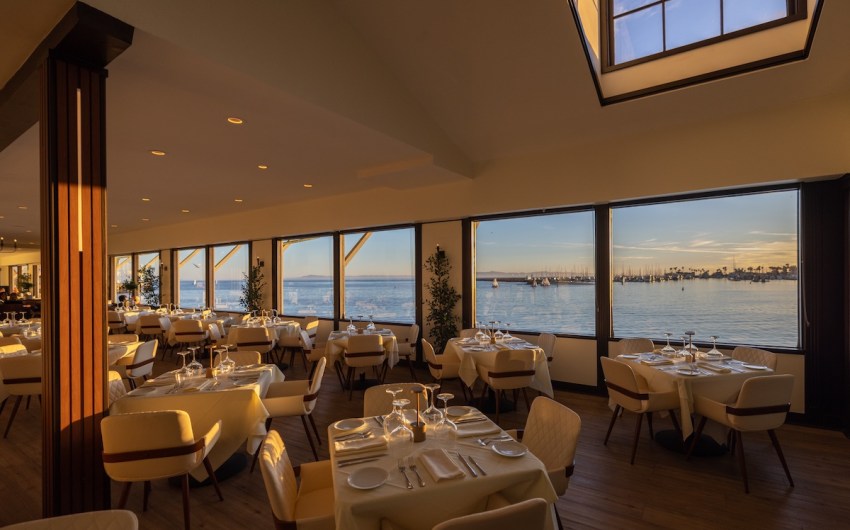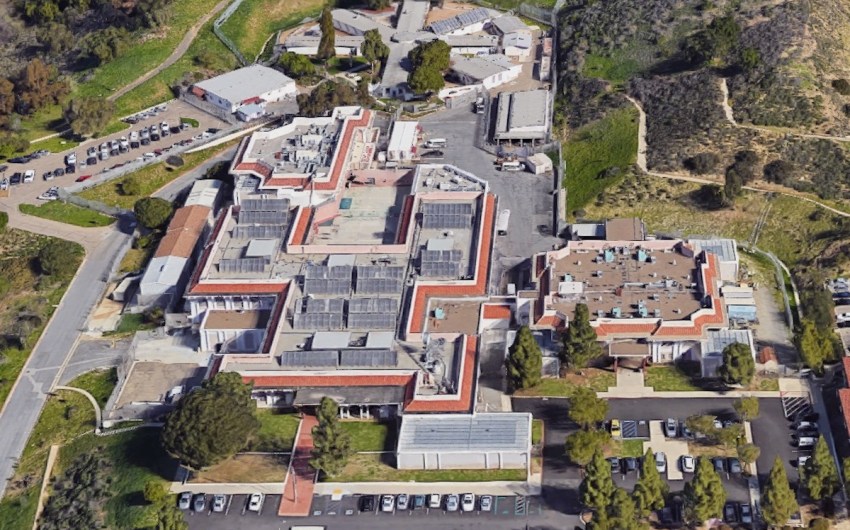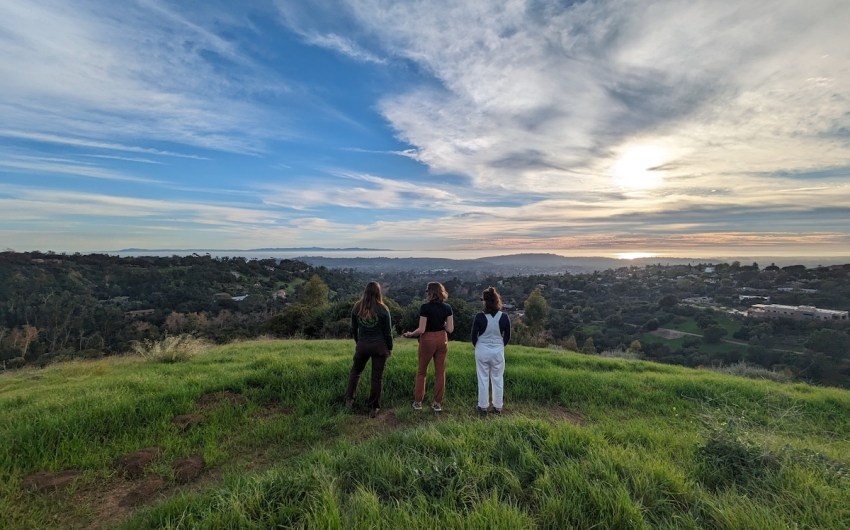On the clear afternoon of Tuesday, September 17, I squeezed into a small aircraft at the Central Coast Jet Center. As we took off, I watched through the window as the world turned into sliding frames of land, sand, and sea.
My fellow EcoFlight passengers and I were flying over the proposed Chumash Heritage National Marine Sanctuary, which would preserve the tapestry of coastline and ocean stitched into the horizon beneath our feet.

Our flight covered the soon-to-be sanctuary that runs from Gaviota Creek in Santa Barbara to Santa Rosa Creek in Cambria, crossing over lush parcels of Santa Maria farmland and the huge Guadalupe-Nipomo dunes. As someone who has never visited the dunes before, seeing those golden, rolling hills from the sky — which I learned are a protected habitat for nesting birds — was truly remarkable.
We cruised over other Central Coast wonders, including Morro Rock, the Morro Bay estuary, the bluffs of Montaña de Oro, and Point Conception. Many of these sites are treasured by Central Coast Tribes and hold sacred and historical significance, as well as serve important ecological functions.
The region includes some of the earliest recorded human settlements in North America, where Chumash and Salinan bands maintain cultural ties and age-old graves continue to be discovered. It also holds around 200 known shipwrecks that scatter the coastline, and incredible deep-sea topography like the 10-million-year-old Rodriguez Seamount.
I was invited on the flight by the Northern Chumash Tribal Council, who spearheaded efforts to secure the sanctuary’s nomination in 2015 and whose representative, Ernest Houston, provided narration for our flight. Our pilot for the day was Bruce Gordon, the chief pilot for EcoFlight — a nonprofit that provides “aerial perspectives” on important landscapes and conservation efforts.
If designated, the Chumash Heritage National Marine Sanctuary would become the nation’s 17th national marine sanctuary, and the third largest. It would protect thousands of square miles of ocean along the south Central California Coast, and limit disruptions to the region’s diverse underwater ecosystem, including migratory whales and sea turtles.
The designation aims to add protections against offshore oil and gas expansion, acoustic testing, and toxic waste dumping. The sanctuary would also support Indigenous co-stewardship with the Santa Ynez Band of Chumash Indians — the only Chumash band that is federally recognized — who would co-manage the sanctuary with the state and the National Oceanic and Atmospheric Association (NOAA).
The sanctuary just cleared the Coastal Commission in August. Then, earlier this month, NOAA released the final environmental impact statement for the proposed project, and it is now expected to move forward with a decision about the sanctuary’s designation and boundaries in October, followed by a congressional review.























You must be logged in to post a comment.